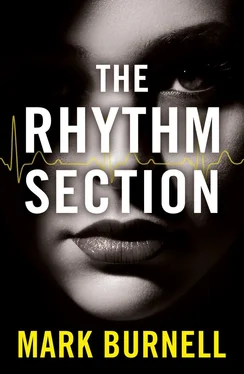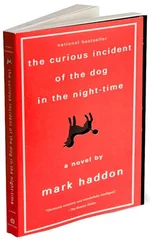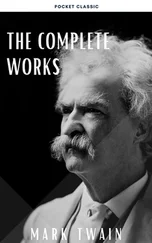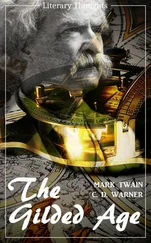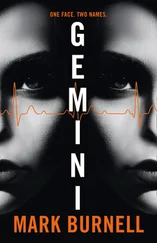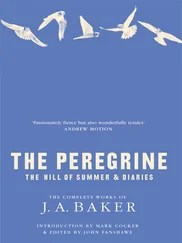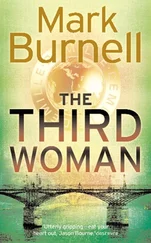THE RHYTHM SECTION
Mark Burnell

HarperCollins Publishers 1 London Bridge Street London SE1 9GF
www.harpercollins.co.uk
Published by HarperCollins Publishers 1999 Copyright © Mark Burnell 1999
A catalogue record for this book is available from the British Library
All rights reserved under International and Pan-American Copyright Conventions. By payment of the required fees, you have been granted the nonexclusive, nontransferable right to access and read the text of this ebook on screen. No part of this text may be reproduced, transmitted, downloaded, decompiled, reverse engineered, or stored in or introduced into any information storage and retrieval system, in any form or by any means, whether electronic or mechanical, now known or hereinafter invented, without the express written permission of HarperCollins e-books.
Source ISBN: 9780006513377
Ebook Edition © SEPTEMBER 2012 ISBN 9780007397556
Version: 2018-07-04
HarperCollinsPublishers has made every reasonable effort to ensure that any picture content and written content in this ebook has been included or removed in accordance with the contractual and technological constraints in operation at the time of publication.
To my parents, with love and thanks for your ceaseless support.
Character is destiny.
George Eliot/Mill On The Floss
Let’s make us medicine of our great revenge,
to cure this deadly grief.
William Shakespeare/Macbeth
Cover
Title Page
Copyright
Dedication
Epigraph
Foreword
0617 GMT/0117 EST
1: Lisa’s World
1
2
3
4
5
2: Stephanie’s World
6
7
8
9
10
11
12
13
3: Petra’s World
14
15
16
17
18
19
20
21
4: Marina’s World
22
23
24
25
26
27
28
5: The Rhythm Section
29
30
0617 GMT
Keep Reading
Acknowledgements
About the Author
Also by Mark Burnell
About the Publisher
The Rhythm Section was first published in 1999 and the question I am most frequently asked about it is a variation of this: how did you know about 9/11 two years before it happened? The answer, of course, is that I didn’t. The reason I get asked this, however, is because of the similarities between the events of 11 September 2001 and the terrorist plot within the novel. Those similarities are not a coincidence. The terrorist plot in The Rhythm Section is actually closer in structure to the failed 1995 Bojinka plot than to anything that occurred on 9/11, but there is a strong connection between the two because 9/11 was born out of Bojinka.
On 26 February 1993, a Pakistani man known as Ramzi Yousef (probably born Abdul Basit Mahmoud Abdul Karim, according to the 9/11 Commission, although this is disputed), parked a hired Ryder van in the car park beneath the North Tower of the World Trade Center in New York. The bomb in the back of the van was intended to collapse the North Tower into the South Tower. The device detonated, killing six people and injuring more than a thousand others, but failed to topple the North Tower. In the aftermath, Yousef evaded capture and fled the United States.
The following year, on December 11, travelling on an Italian passport, Yousef boarded Philippine Airlines PAL 434, bound for Tokyo from Manila, stopping at Cebu. During the first leg of the flight, he assembled and concealed a timer-controlled bomb with components he brought on board in Manila. He then disembarked at Cebu. The device detonated over Japan, as the aircraft cruised at 33,000 feet, blowing a hole in the floor but, crucially, failing to pierce the fuselage. Astonishingly, there was only one fatality, a Japanese businessman named Haruki Ikegami, whose body absorbed much of the force of the blast. The captain diverted to the airport at Okinawa and executed an emergency landing without further loss of life.
This attack was a successful test run for a far larger operation that would employ substantially more powerful bombs. Satisfied with his progress to that point, Yousef returned to Manila and began preparations for what became known as the Bojinka plot. His chief co-conspirator in this endeavour was Khalid Sheikh Mohammed, one of the architects of 9/11, while finance was provided by Osama bin Laden.
The Bojinka plot had three distinct phases: firstly, to assassinate Pope John Paul II; secondly, to place bombs on eleven airliners flying between South-East Asia and the United States (each flight included a stop): thirdly, to fly an aircraft into the CIA headquarters at Langley, Virginia. The third phase was a reduction of a more ambitious attack that had originally included other targets, among which were the White House, the Pentagon and the World Trade Center in New York.
The Bojinka plot was scheduled for January 1995, with the first phase, the assassination of Pope John Paul II, earmarked for January 15, three days after the Pontiff’s arrival in the Philippines. However, on the evening of January 6, a fire broke out in Room 603 of the Doña Josef apartment building in Manila. Yousef had rented Room 603 and was using it as an operational base. When the Manila police raided the apartment, the plot was exposed in its entirety; the bomb-making ingredients, the plans for the assassination of the Pope, the false passports to be used on the targeted flights and a laptop detailing almost every aspect of the plan.
The Bojinka plot was over and the conspirators scattered. Khalid Sheikh Mohammed, however, remained convinced of the viability of the plan. Six years later, he revisited and refined it. 9/11 was a streamlined, simplified version of the Bojinka plot where bombs were ditched in favour of making the aircraft themselves the weapons. Like so many others, I watched the attacks on the Twin Towers as they occurred, understanding instantly that I was seeing history in the making. I remember feeling distinctly uncomfortable about the link between the plot of The Rhythm Section and the Bojinka plot, even though I could not have known at the time that what I was watching was a refined version of it.
Ramzi Yousef was eventually captured in Pakistan in February 1995 and is currently serving a life sentence of 240 years with no parole at the ADX Florence supermax prison in Colorado. Khalid Sheikh Mohammed was arrested in Pakistan in March 2003 and is being held at Guantanamo Bay pending trial.
All of this information is now universally available and has been for years. Much of it, though not all of it, was already in the public domain back in 1997 and 1998 when I was preparing and writing The Rhythm Section .
In the immediate aftermath of 9/11, I found my opinion being sought. I remember sitting on a panel of a late-night radio talk show, surrounded by experts from the intelligence community and feeling somewhat of a fraud. There was an assumption among people I met that I had some special insight to offer, that I must have had sources or contacts within the intelligence community who had provided me with raw material for the novel. This was not the case. I never met anybody from the intelligence community until after 9/11. In some instances, my insistence upon this only appeared to strengthen their suspicion: well of course you would deny it, wouldn’t you?
Читать дальше
